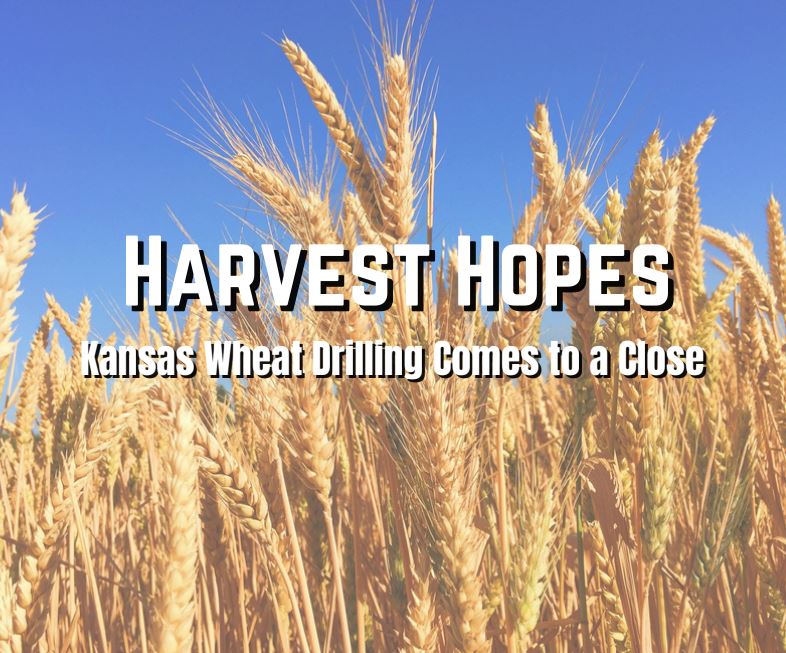By KORTNEY LANG
Tiger Media Network
Farmers across Kansas are racing to get their wheat in the ground to ensure a crop for next summer. In Ellis County, farmers are due to have their wheat planted by Sunday. Throughout Kansas, wheat is planted in the early fall through September and October. In some counties, they have until the first week of November.

Jeremy Ryan, an Agriculture Business professor at Fort Hays State, planted around 500 acres of wheat this fall in Trego County. Throughout the United States, there are six different types of wheat grown. In Kansas, the most common wheat planted is hard red winter wheat. In different areas of the country, wheat is planted in the spring and harvested in the late summer. Farmers in Kansas plant wheat in the fall, so that it can be harvested in the early months of summer due to the harsh heat that summer brings.
After the wheat is planted, it will begin to sprout and then become dormant in the cold winter months. The exposure to cool temperatures triggers the wheat’s reproductive development. Then, in the spring, the original sprouts will begin to wake back up and start growing again.
The weather conditions play a huge factor in farming operations. Before winter wheat can be planted, farmers have to prepare the soil in order to provide a solid foundation for the wheat to grow. While rain plays a vital role in the crops’ growth, it can interfere with farmer’s schedules. Due to Western Kansas not receiving much rainfall this year, when it does rain it causes the soil to become hard.
“We had a three-inch rain on September 1, which backtracked me because I have a lot of terraces in my fields,” Ryan said. “So the terrace channels were full of water, which required me to go back in and rework them completely”
Throughout the planting months, farmers will also face challenges with equipment breakdowns that can set them back for a few days, or even weeks at a time.
“I had some drill bearings go out, and some tires that needed repaired, but it was mainly the weather delays that set me back this year,” Ryan said.
Throughout the winter months farmers will continuously watch their wheat, even while it is dormant. They stay hopeful that the wheat is able to get enough moisture throughout the winter months to continue its growth in the spring.


You must be logged in to post a comment.